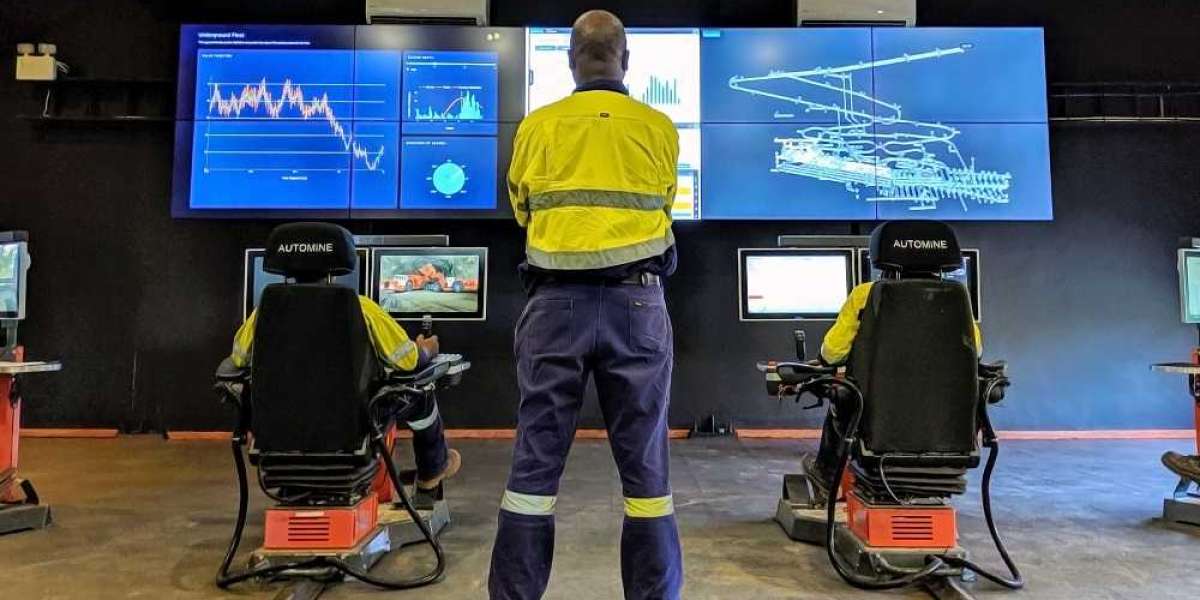Introduction:
Augmented Reality (AR) has emerged as a transformative technology that blends the virtual world with the real environment, enriching human perception and interaction. In recent years, AR app development has witnessed a remarkable evolution, progressing from its early experimental stages to becoming an integral part of various industries. This article delves into the journey of augmented reality app development, tracing its roots, exploring key milestones, and highlighting current trends shaping the landscape.
Early Innovations in Augmented Reality App Development:
The concept of augmenting reality with digital information dates back several decades, but it was not until the late 20th century that technological advancements began to pave the way for practical implementations. One of the pioneering developments was the Virtual Fixtures system developed by Louis Rosenberg in the early 1990s, which enabled users to interact with virtual objects overlaid on the real world. However, it was not until the advent of smartphones and powerful computing devices that AR started gaining mainstream attention.
The launch of smartphones equipped with cameras, GPS, and accelerometers provided a fertile ground for AR app development. In 2009, Layar, one of the first AR browsers, allowed users to overlay digital information onto real-world scenes captured through their smartphone cameras. This marked the beginning of a new era in augmented reality app development, opening up possibilities across various domains, including gaming, navigation, education, and marketing.
Key Milestones in Augmented Reality App Development:
As augmented reality technology matured, developers began to explore its potential in diverse fields, leading to several significant milestones:
Pokémon GO: Released in 2016, Pokémon GO became a global phenomenon, demonstrating the immense popularity and commercial viability of AR gaming. By blending the virtual world of Pokémon characters with real-world locations, the game encouraged players to explore their surroundings and interact with augmented objects using their smartphones.
Snapchat Lenses: Snapchat introduced AR lenses in 2015, allowing users to overlay interactive filters and effects onto their selfies and videos. This feature quickly became a defining aspect of the platform, driving user engagement and showcasing the creative possibilities of AR in social media.
IKEA Place: IKEA Place, launched in 2017, revolutionized furniture shopping by enabling users to visualize how IKEA products would look in their homes using AR. By placing virtual furniture in real-world environments through their smartphones, customers could make more informed purchasing decisions, leading to increased sales and customer satisfaction.
ARKit and ARCore: Apple's ARKit and Google's ARCore, released in 2017, provided developers with powerful tools and frameworks to create immersive AR experiences for iOS and Android devices, respectively. These platforms democratized AR app development, making it more accessible to a broader community of developers and fostering innovation across industries.
Current Trends in Augmented Reality App Development:
In recent years, augmented reality app development has continued to evolve, driven by technological advancements and shifting consumer expectations. Several trends are shaping the current landscape of AR app development:
Enhanced Visual Realism: With improvements in hardware capabilities and rendering techniques, AR experiences are becoming more visually realistic and immersive. High-fidelity graphics, advanced lighting effects, and realistic physics simulations contribute to creating compelling AR applications that blur the line between the virtual and real worlds.
Spatial Mapping and Occlusion: Spatial mapping technologies enable AR apps to understand and interact with the physical environment more accurately. By leveraging depth-sensing cameras and machine learning algorithms, developers can create AR experiences that recognize surfaces, objects, and spatial geometry, allowing virtual objects to interact convincingly with real-world elements through occlusion and physics-based interactions.
Multi-User and Social AR: Multi-user and social AR experiences are gaining popularity, enabling users to share augmented reality environments and interact with each other in real-time. Collaborative gaming, social media AR filters, and virtual events hosted in AR spaces are examples of how augmented reality is fostering new forms of digital interaction and social engagement.
Integration with IoT and Wearables: Augmented reality is increasingly being integrated with Internet of Things (IoT) devices and wearable technologies, extending its reach beyond smartphones and tablets. AR-enabled smart glasses, augmented reality headsets, and wearable AR accessories offer hands-free interactions and context-aware information delivery, opening up new possibilities for industrial applications, remote assistance, and personal productivity.
Augmented Reality Commerce: Augmented reality is reshaping the e-commerce landscape by enabling virtual try-on experiences, product visualizations, and interactive shopping interfaces. Retailers are leveraging AR to bridge the gap between online and offline shopping, providing customers with immersive shopping experiences that increase engagement and drive conversions.
Conclusion:
The evolution of augmented reality app development has been characterized by continuous innovation, driven by technological advancements and creative experimentation. From its early beginnings as a niche technology to its current status as a mainstream enabler of immersive experiences, AR has come a long way in reshaping how we interact with digital content and the physical world. As we look to the future, the integration of augmented reality with emerging technologies such as artificial intelligence, 5G connectivity, and spatial computing holds the promise of unlocking new possibilities and transforming industries across the board. Augmented reality app developers will continue to play a crucial role in shaping this future, pushing the boundaries of what is possible and delivering engaging AR experiences that enrich our lives.



